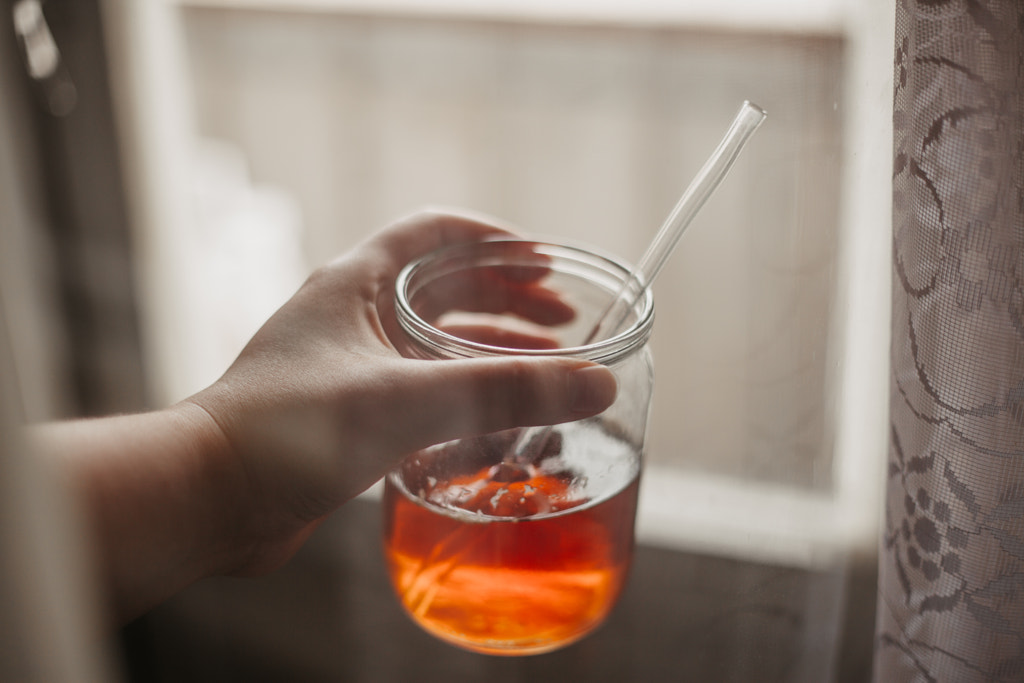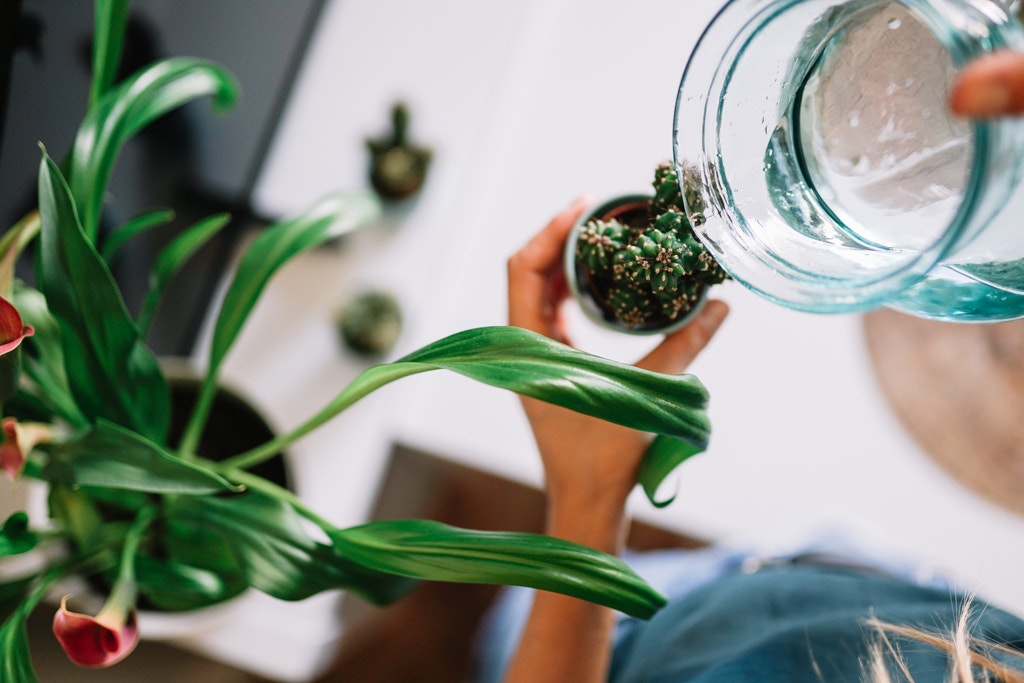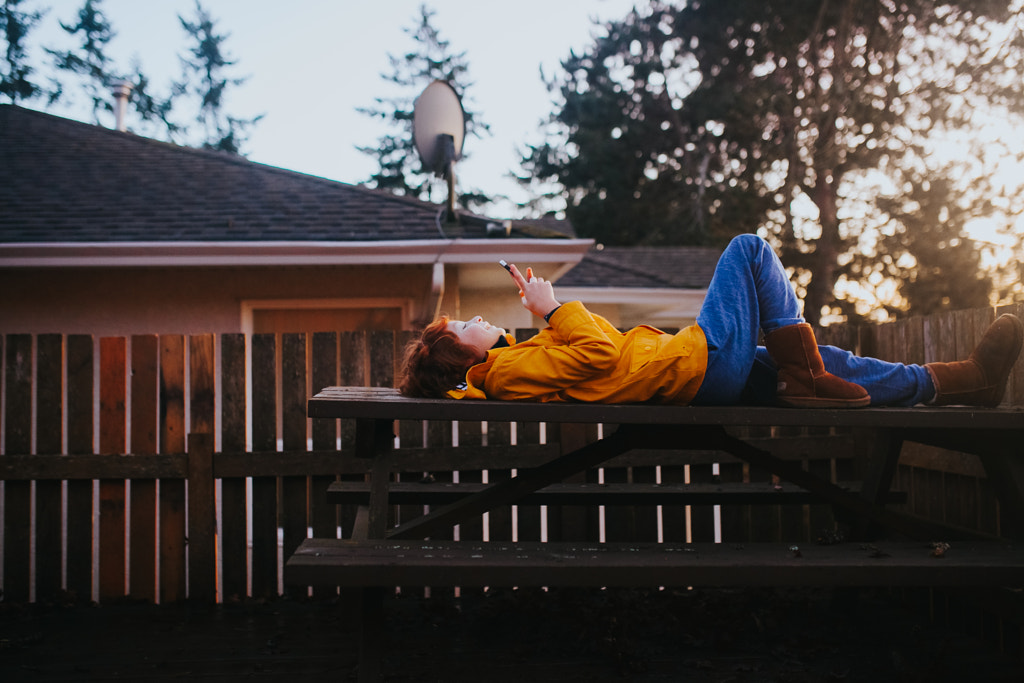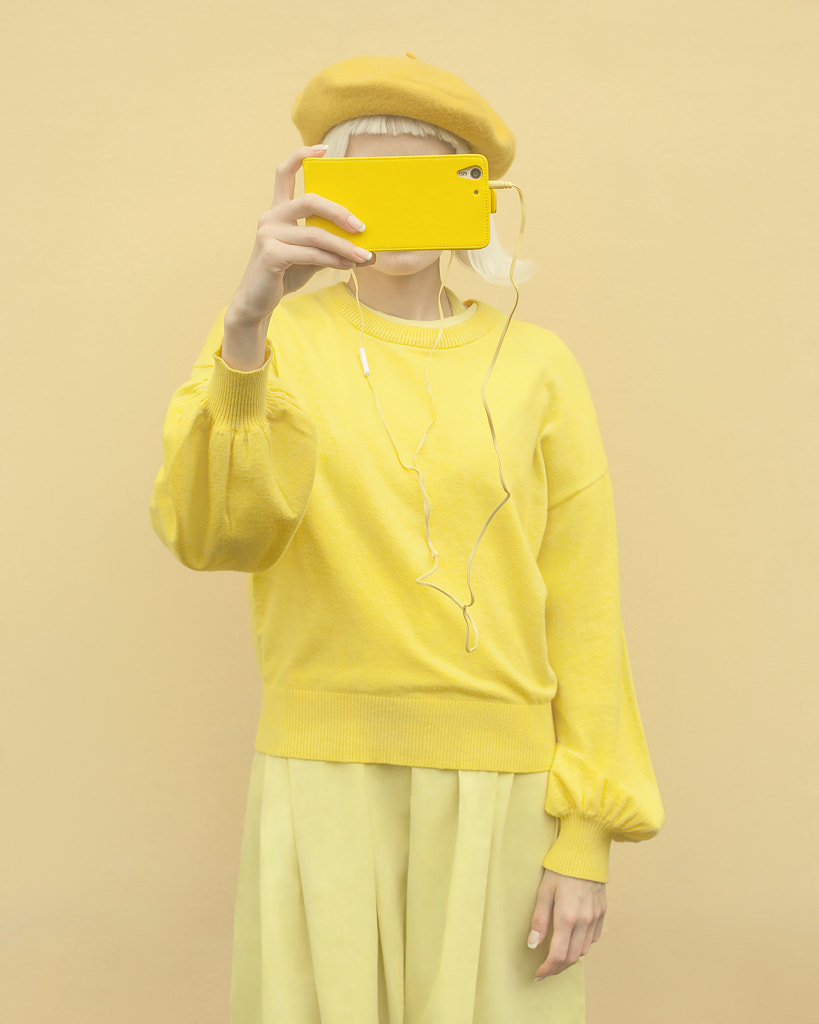In 2018, a survey from the owners of Canary Wharf in London found that 94% of businesses, consumers, and retailers wanted to do something to reduce plastic use, with 84% of consumers saying they would show more loyalty to a brand that was taking clear action on plastics. As awareness grew about the dangers of marine plastic pollution, the public demanded change, asking brands to reduce their use of single-use plastics.
That same year, Getty Images saw searches for keywords like “reusable bag/coffee cup”, “reusable ‘water bottle”, and “reusable straw” go up by 1437%, 800%, and 3300%, respectively. Their research indicated that brands were listening to consumers and steering clear of photos featuring or promoting the use of single-use plastics (coffee cups, bags, and straws). The lesson here is clear: the movements that define contemporary culture have a significant influence on the world of visual marketing.
In the 1950s-70s, advertisements frequently featured plastics as a cheap and convenient alternative to glass (you can see some of them here). Today, however, these kinds of images have (rightfully) fallen out of favor, as major brands switch to reusable systems and startups like GoBox and Loop step in to replace single-use plastics with more sustainable options. For photographers, staying informed about these sweeping changes in the commercial sector can help give your portfolio an edge over the competition, especially when it comes to choosing props and styling models.
“While reusable and eco-conscious props (e.g., a reusable travel mug or metal water bottle) allow a photo to connect to themes of sustainability, the same picture featuring a disposable, single-use coffee cup wouldn’t have nearly the same commercial appeal,” the 500px team explains.
“Not only would such a photo not connect to the sustainability theme, but it could actually be seen negatively for promoting a disposable, unsustainable culture—even if the coffee cup isn’t the focus of the photo.” If a small business has announced their intention to replace plastic take-out containers with compostable ones, for instance, they’re more likely to choose a photo with sustainably-minded props than one without.
Take Ikea’s new sustainability ad as an example; released earlier this year as part of the brand’s Fortune Favours the Frugal campaign, the commercial features people at home using reusable coffee cups, replacing light bulbs with eco-friendly alternatives, and pickling veggies in reusable jars. Plastics do make an appearance, sure, but they’re shown in a negative light—hurtling toward Earth in a giant, ominous meteor—further reinforcing Ikea’s commitment to reducing waste.
Selecting reusable props over disposable ones isn’t the only choice photographers can make on set to boost the potential of their Licensing submissions. Before single-use plastics, for instance, cigarettes went from an advertising staple to a marketing no-no. Popular ads of the 1960s often featured people smoking, but by the 1980s, as people became aware of the health risks associated with smoking, consumers started pushing back.
By 2017, tobacco companies, under federal court orders, aired an ad campaign admitting that smoking kills an average of 1,200 Americans every day. “Today, cigarettes being featured within a photo is a very common reason for that photo to be declined from commercial Licensing,” the team at 500px explains. “Props like these—that have a negative association—should be avoided unless the content is specifically speaking to the negative qualities of the item.”
Fortunately, there are plenty of props with positive associations that work well for any commercial photography portfolio, whether it’s a traditional product shoot, a conceptual still life, or a larger lifestyle session, where the prop plays a smaller supporting role.
Prop trends can come at lightning speed, so it’s good practice to stay up-to-date by following the news and social media. In 2020, for instance, photos featuring props relating to the coronavirus pandemic saw an uptick in interest, with buyers searching for terms ranging from hand sanitizer to face masks. In line with the sustainability movement and the movement for social justice, maybe you incorporate signage or posters advocating for the environment or human rights into your photoshoots.
Technology is one area that presents a significant opportunity when it comes to selecting props, as in 2020, Getty Images saw the search term “people using technology” soar. Meanwhile, searches for everyday items like “smart speakers” and “contactless pay” saw a 934% and 246% increase, respectively. As early as 2018, the search term “humanizing tech” had emerged, with buyers looking for photos that showed ordinary people interacting with tech on a daily basis.
When working with technology-related props, there are a few things to bear in mind. These devices often have trademarked design elements, which could lead to an intellectual property issue, so it’s best to keep them as generic as possible, without any identifiable brand features.
“These props usually require some editing in post-production to make them Licensable,” the Content Team explains. “It’s important to remove any branding and logos as well as side ports and command/control button designs that are brand-specific.” Similarly, mobile phones shouldn’t have visible buttons, apps, charging ports, or cameras. You can edit them out or use your framing or posing to keep them out of view.
A similar principle applies when photographing props like artwork or unique designs, as these often require a property release to be accepted to commercial Licensing. “In situations where you may be photographing a person being creative, drawing or painting, you can feature their artwork within the image, but it would require a property release from the person who created the art,” the team at 500px explains. “If you aren’t able to get a property release for a piece of art or illustration, it’s best to get creative with your angles and avoid actually capturing the design.”
Finally, even the colors of your props can affect their commercial appeal. Consider this: from 2017 to 2018, Getty Images noticed the search term “yellow” jumped between 100% and 300%, as buyers showed increased interest in the color across lifestyle photos and corporate images. Earlier this year, the Pantone Color Institute named Illuminating, a soft yellow, and Ultimate Gray as their Colors of the Year, so we expect to see a lot of those hues in advertising in the coming year. For more ideas on using color for your styling and propping, check out our recent article on color trends.
For commercial photographers, the right props are invaluable assets. Choosing props that speak to emerging trends and cultural movements can make your photos stand out and resonate with buyers across industries and fields, while also allowing you to get creative behind-the-scenes. Styling your shoots shouldn’t be a last-minute detail but an important and foundational part of the production process. Simply by planning ahead, you can use them to your advantage and make your portfolio more marketable in the process.
Not on 500px yet? Click here to learn about Licensing with 500px.
The post How props can make or break your Licensing submissions appeared first on 500px.
source https://iso.500px.com/how-props-can-make-or-break-your-licensing-submissions/
Related posts
Archives
- May 2021 (125)
- April 2021 (91)










